Bass Booster & Equalizer - Sound enhancement tool
Enhance bass and sound quality for the ultimate music experience

- 1.6.2 Version
- 3.2 Score
- 2M+ Downloads
- In-app purchases License
- 3+ Content Rating
🤩 Get ready, music lovers! The Bass Booster Pro App & Equalizer is here to enhance your audio experience like never before!
🤩 With this bass booster equalizer and max volume booster, you can crank up the volume by up to 200%, surpassing your device's standard volume levels.
🤩 Elevate the sound quality of your Android device with the help of this music bass booster.
The advanced sound equalizer and virtualizer will transport you into a world of immersive 3D surround sound effects.
Experience the Free Bass Booster Pro
This bass booster app comes equipped with a speaker booster for Android, allowing you to amplify the music's bass volume. It's a must-have for DJ enthusiasts.
Bass booster equalizer and Virtualizer
Featuring a 5-band volume equalizer and bass booster, this app lets you adjust sound quality and boost volume. Say goodbye to the common issue of increased volume but reduced sound quality found in many Extra Volume Booster Apps.
Headphone Volume Booster
Not just a phone speaker booster, this app also serves as a bluetooth volume booster and sound enhancer for headphones, ensuring crystal-clear audio.
Xbooster for Media
Utilize the extra volume booster for various purposes, such as acting as a call volume booster, video sound booster, and music amplifier while running in the background.
✨ Key Features:
- Music booster and max volume booster
- Free DJ mixer bass booster
- Music equalizer free
- JBL bass booster effects incorporated
- Comprehensive equalizer with 5 bands
- 24 preset sound effects available
- Diverse and vibrant themes
- Customizable presets
- All-in-one sound system and bass app
- Control volume of the music player effortlessly
- Super loud volume booster for amplified sound
- Remarkable speaker sound booster capabilities
Our music-booster delivers extra volume for louder speakers. The Free Bass Booster enhances volume for calls and media across the board. Use the volume bass booster App to elevate sound levels when listening to music, playing games, watching movies, or videos.
Get the additional bass booster free equalizer with phone sound enhancer and enjoy superior sound quality that truly makes you feel the depth of subwoofer bass through the bass booster app hq!
Master the Low End: 7 Band Equalizer Settings for Bass
Unlocking the full potential of your music’s low-end can be made that much easier when you use 7 band equalizer settings for bass. It’s not just about cranking up the low end; it’s about crafting that perfect sound that resonates with your music.
Lower frequencies are the soul of the bass, providing that essential depth and warmth. Tweak these, and you’ll feel the ground rumble beneath your feet.
The midrange is where the magic happens for the clarity of your bass. Adjusting these frequencies can cut through the muddiness, making your bass lines sharp and defined.
Different music genres mean different EQ approaches. For example, acoustic tunes thrive with subtlety, while rock and hip-hop demand bold, booming bass.
Small tweaks can lead to big improvements, so take your time with each adjustment. Your goal is to enhance your bass, ensuring it complements, not dominates, your mix.
Key Takeaways
- Proper EQ settings are crucial for enhancing bass and overall sound quality.
- Adjustments to lower frequencies add depth, while midrange tweaks improve clarity.
- Tailor EQ settings to optimize audio for different music genres and listening environments.
Understanding Frequencies
When you’re tweaking your 7 band equalizer for the best bass sound, it’s crucial to understand what frequencies are.
Frequencies, measured in Hertz (Hz), refer to the rate at which a sound wave vibrates per second. The human ear can generally hear frequencies ranging from 20 Hz to 20,000 Hz.
Each band on your equalizer represents a specific frequency range.
Low frequencies: Often referred to as the bass frequencies, they range from about 20 Hz to 250 Hz. This is where the deep, thumping essence of bass lives.
- Sub-bass (20-60 Hz): Felt more than heard, this is the realm of the lowest of low frequencies.
- Bass (60-250 Hz): Fundamental tones of rhythm section instruments like bass guitars reside here.
Mid-range frequencies: These frequencies, spanning approximately 250 Hz to 2,000 Hz, encompass the area where many instruments have their most prominent energies and where the human ear is quite sensitive.
- Low-mids (250-500 Hz): Add body and warmth to sounds.
- Mid-mids (500-1,000 Hz): Vital for the clarity and punch of instruments.
- Upper-mids (1,000-2,000 Hz): Contribute to the sharpness and attack of a sound.
High-frequency sounds: Generally from 2,000 Hz to 20,000 Hz, these include the higher-end details and brightness of music.
- Presence (2,000-6,000 Hz): Increases the sense of realism and presence.
- Brilliance (6,000-20,000 Hz): Imparts sparkle and airiness.
By carefully adjusting the bands on your equalizer, you tailor these frequencies to enhance your bass and achieve the sound you desire.
Remember, boosting or cutting frequencies should be done with a light touch; excessive changes can distort the natural sound of your bass.
The Basics of Equalizers
Setting up your equalizer correctly can significantly improve the bass in your music. An equalizer allows you to adjust frequencies to your taste, and understanding how it works is key to achieving the best sound.
What is an Equalizer?
An equalizer (EQ) is a tool that lets you modify certain frequency ranges in your audio signal. Whether you’re an audiophile, a music producer, or just someone who loves a good bass line, an EQ allows you to tailor sound output to your preferences.
Types of Equalizers
Equalizers come in various types, and each offers different features and controls:
- Graphic Equalizer: This common type of EQ offers fixed frequency bands which you can adjust using sliders.
- Parametric Equalizer: More flexible than graphic EQs, a parametric equalizer allows you to adjust the frequency, bandwidth, and level of individual bands, offering precise control.
Equalizer Settings
Navigating through EQ settings can be daunting, but knowing some key settings can transform your audio experience:
- Bass Frequencies: The best EQ settings for bass often involve adjustments within the 60Hz to 250Hz range.
- Midrange: Adjustments between 250Hz and 500Hz can add warmth without muddiness.
- High Frequencies: Tweaking above 500Hz can brighten the sound and add clarity to vocals and instruments.
Remember, the best equalizer settings are subjective and depend on your personal taste and the type of audio you’re listening to. Experiment with different settings to discover what sounds best for you.
Equalizing Instruments
When adjusting your 7-band equalizer for bass, each instrument in the mix should be given attention to ensure they all stand out clearly.
For acoustic guitars, you want to enhance the warmth without overpowering the bass. You could:
- Boost around 100Hz to 250Hz slightly for warmth.
- Apply a small cut around 800Hz to reduce muddiness.
In the case of piano, since it covers a broad frequency range, consider:
- Boosting at 2kHz to 4kHz to bring out clarity.
- Cutting a bit at 250Hz to manage low-end muddiness.
Vocals need to cut through the mix:
- Add presence by boosting between 3kHz and 6kHz.
- Control the low-end by applying a high-pass filter up to 120Hz.
For the rhythm section, getting a kick drum to sit right with your bass is crucial:
- A boost around 60Hz to 100Hz adds thump.
- Cutting around 250Hz to 450Hz can clean up mud.
The snare often needs:
- A boost around 150Hz to add body.
- A sharp cut or boost around 5kHz can either reduce harshness or add crispness.
If you’re working with electric guitars, it’s about balancing the mix without losing the guitar’s character:
- Slight cuts around 1kHz to 3kHz can help prevent clashing with vocals.
- Boost around 100Hz can thicken up rhythm parts.
Lastly, for cymbals to shine:
- Gently boost above 6kHz for sparkle.
- Cut below 200Hz to remove any low-end rumble.
Optimizing Audio for Genres

When fine-tuning your 7-band equalizer for bass in various music genres, the goal is to complement the genre’s unique characteristics while maintaining a cohesive sound.
Different genres demand specific EQ settings to enhance the listening experience effectively. Let’s break down some typical settings:
- Pop Music: Typically characterized by its upbeat and catchy nature, pop music often requires a balanced approach to EQ.
Consider a slight boost around 80 Hz to add fullness to the bass, making sure it doesn’t overshadow the mix.

- Rock Music: Known for its emphasis on guitar and drums, rock music benefits from a punchier bass.
Increasing the lower frequencies slightly while controlling the mids will help your bass stand out without muddiness.

- Electronic Music: The bass and synths are pivotal in electronic tracks.
A boost in the sub-bass region around 20-60 Hz can give the track the desired oomph, but use caution to avoid overwhelming the mix.
- Acoustic Music: This genre thrives on clarity and natural sound.
You should aim to enhance the warmth without overpowering the instrument’s natural resonance. A small lift around 250 Hz can enrich the sound while respecting the genre’s subtlety.
- Classical Music: The dynamic range of classical music calls for minimum EQ interference. For bass, just subtle touches are typically necessary to support the natural acoustics of orchestral instruments.
- Hip-Hop: This genre loves deep, resonant bass lines.
A boost in the lower end, around 60 Hz, can make the bass robust, providing that characteristic hip-hop punch.
Improving Sound Quality

To enhance your listening experience, adjusting your 7-band equalizer properly can bring out the richness and depth in music. Here’s how you can tweak each frequency range to optimize sound quality for bass-heavy genres.
Bass and Sub-Bass
The bass and sub-bass frequencies are where you feel the thump and rumble in music.
- For a powerful bass that doesn’t overpower:
- Set the 20 Hz – 60 Hz range carefully, as it includes the deep sub-bass that can be felt more than heard.
- Increasing levels around 60 Hz will add more punch to the bass without muddiness.
Mids and Clarity
The midrange is crucial for the overall sound quality, as it contains most of the sound information.
- For clear and present mids:
- Low-mids (around 250 Hz – 500 Hz) add warmth to bass lines and lower instruments.
- High-mid frequencies (around 1 kHz – 3 kHz) impact the clarity and presence of vocals and guitars. Adjust to avoid harshness.
Treble and Presence
Treble controls the high-end frequencies and affects the presence and sparkle of the music.
- To ensure a crisp and airy sound:
- Slightly boost frequencies around 6 kHz to enhance treble detail and articulation.
- Be cautious not to overemphasize treble as it can lead to listening fatigue.
Advanced EQ Techniques
When shaping the sound of your bass with a 7-band EQ, mastering advanced techniques can open up a world of sonic possibilities. You’ll discover how to dynamically enhance your bass without causing distortion and choose the right type of filters to achieve the desired tone.
Dynamic EQ Settings
Dynamic EQ is your go-to for intelligent audio processing. It allows you to apply EQ adjustments only when a certain threshold is reached, giving you greater control over the loudness and balance without affecting the audio signal as a whole.
Here’s what you should focus on:
- Cut and Boost: Apply these dynamically rather than statically. For example:
- Boost lower bands to add bass boost only when the signal is below the desired loudness.
- Cut specific bands gently to reduce distortion when frequencies are too overwhelming.
Filter Types and Uses
Filters are fundamental in EQ and choosing the right one is key for sound crafting:
- High-pass and Low-pass Filters: These control the extremes of your frequency range, ensuring no unwanted frequencies muddy your mix.
- Band-pass Filters: This filter type is perfect for focusing on a narrow set of frequencies, which can be useful for isolating certain tone qualities of your bass.
- Notch/Bell Filters: Use these to cut or boost specific frequencies. They are indispensable for fine-tuning the midrange, often crowded by other instruments.
Setting Up Your Home System
When configuring your home audio system, the right equalizer settings are crucial for achieving the best sound from your bass. Understanding and adjusting your 7-band equalizer can greatly enhance your listening comfort and enjoyment.
Keep in mind several components relevant to your system:
- Speakers: Select a size appropriate for your room. Larger rooms might require bigger speakers that can handle more sound without distortion.
- Controls: Familiarize yourself with the different controls on your processor or receiver. Look for treble, midrange, and bass adjustments.
Here’s a simple setup guide:
1. Begin by setting all equalizer controls to neutral or flat. This will provide you with a baseline to start from.
2. Adjust the gain slightly to match your room’s acoustics without overpowering it.
3. Incrementally increase the low-end frequencies for bass, paying attention to how your speakers respond.
4. Tailor the sound to your comfort—some prefer a more punchy bass, while for others, a balanced sound is more desirable.
For an ideal listening experience, consider these accessories:
- Bass Controllers: Some external devices or apps can give you finer control over the low-end.
- Acoustic Panels: These can enhance audio quality by reducing unwanted echoes in the room.
7 Band Equalizer Settings for Bass – Top Takeaways
When you’re tweaking your 7-band equalizer settings for bass, remember that clarity is king. A well-defined bass can define the listening experience, be it for music or in a home theater setting.
- Avoid muddy sounds by not over-amplifying the lower-mid frequencies.
- Strive for a balance where the bass feels real and alive, seamlessly blending with the rest of the mix.
Tips for Optimal Bass Settings:
- Lower Frequencies (20Hz – 60Hz): Handle with care; these are your sub-bass notes.
- 60Hz – 250Hz: This is where the bass ‘punch’ lives; adjust to taste without overdoing it to maintain definition.
Be mindful of the volume and the bass’ interaction with other instruments. Your goal is to enhance, not overpower.
Experiment and listen critically; it’s the best way to learn what works for your unique setup.
Remember, proper equalization is an art form—subtle adjustments can make a substantial difference. Happy tuning!
Frequently Asked Questions
Adjusting a 7-band equalizer to enhance bass could be a game-changer for your audio experience. The FAQs below guide you through specific settings to achieve those deep, resonate tones.
What are the optimal settings for enhancing bass on a 7-band equalizer?
To enhance bass on your 7-band equalizer, start by boosting the lower frequencies specifically below 250Hz. You might keep the mid and high frequencies at a neutral level to maintain clarity.
How should I adjust my equalizer if I want to focus on bass tones?
Focusing on bass tones involves more than just cranking up the bass.
You’ll want to boost frequencies around 60Hz to 250Hz and consider slightly reducing the mid-range frequencies to prevent muddiness.
Can you suggest some 7-band equalizer configurations for deep and powerful bass?
Certainly! Try these configurations for deep and powerful bass:
- 60Hz: +4 to +6dB
- 150Hz: +3 to +5dB
- Subsequent bands: Adjust according to your preferred balance between bass and clarity.
What specific frequencies should I boost to improve bass quality using a 7-band EQ?
For improved bass quality, focus on the following frequencies:
- 60Hz: Boost this to add power to your bass.
- 150Hz: Boost slightly for warmth.
- 400Hz: Adjust gently to control the punch in your bass.
How can I achieve both strong bass presence and overall clarity with a 7-band equalizer?
To achieve a strong bass presence while retaining clarity:
- Boost the lower bands (60Hz and 150Hz) moderately.
- Fine-tune the 400Hz range to add fullness without muddiness.
- Keep upper mids and highs clear to ensure vocals and instruments don’t compete with the bass.
What level adjustments are recommended for bass when using a 7-band equalizer on an Android device?
For Android devices, try the following settings for bass enhancement:
- Start with a slight boost around 60Hz.
- Increase up to 150Hz as needed. However, monitor for distortion, especially with higher volume levels.
- Version1.6.2
- UpdateSep 08, 2024
- DeveloperMido Music
- CategoryMusic & Audio
- Requires AndroidAndroid 5.0+
- Downloads2M+
- Package Namecom.bassbooster.equalizer.sound.volume
- Signatured2e623dfc9b5cdc35d95a41dcd573a38
- Available on
- ReportFlag as inappropriate
-
NameSizeDownload
-
28.15 MB
-
28.15 MB
-
30.48 MB


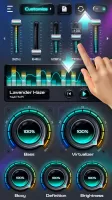






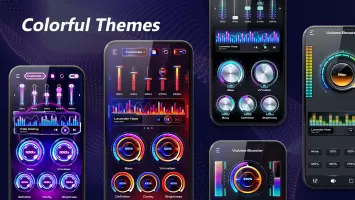
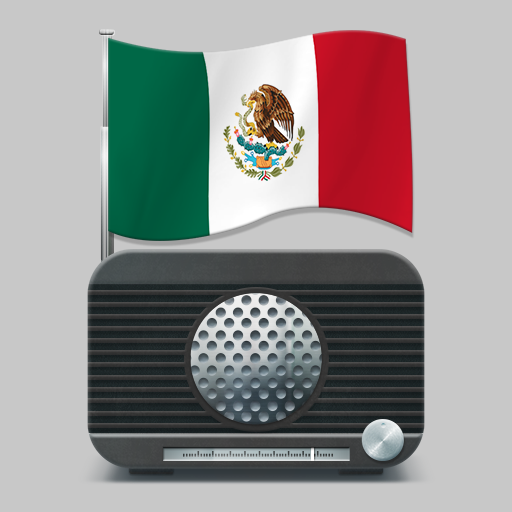




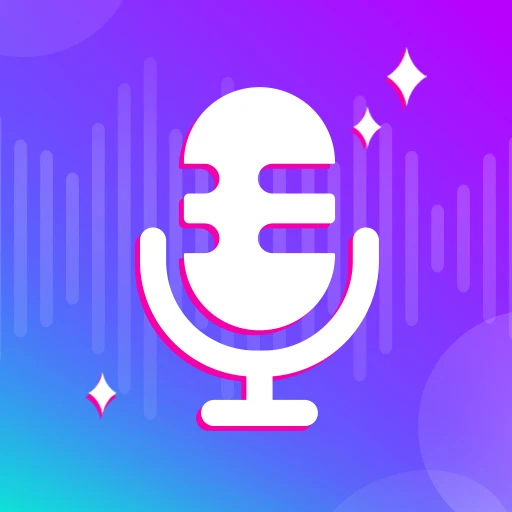
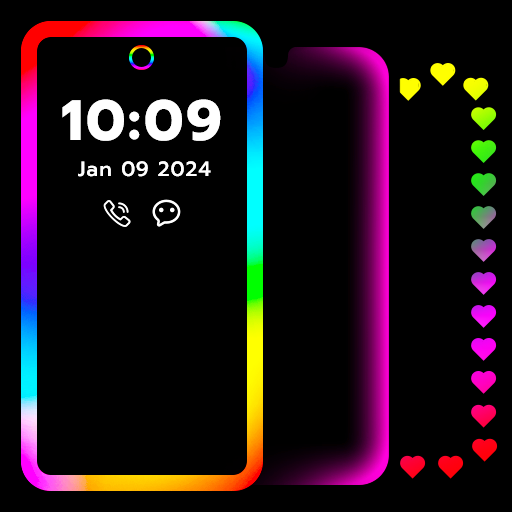


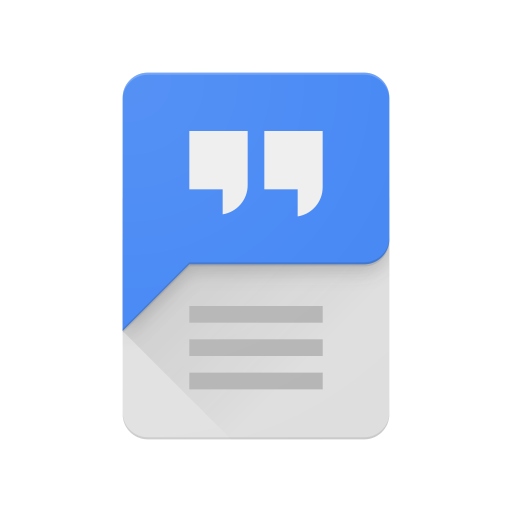











Excellent sound
adjust the bass & overall sound performance
tends to freeze up
cannot save some sound effects